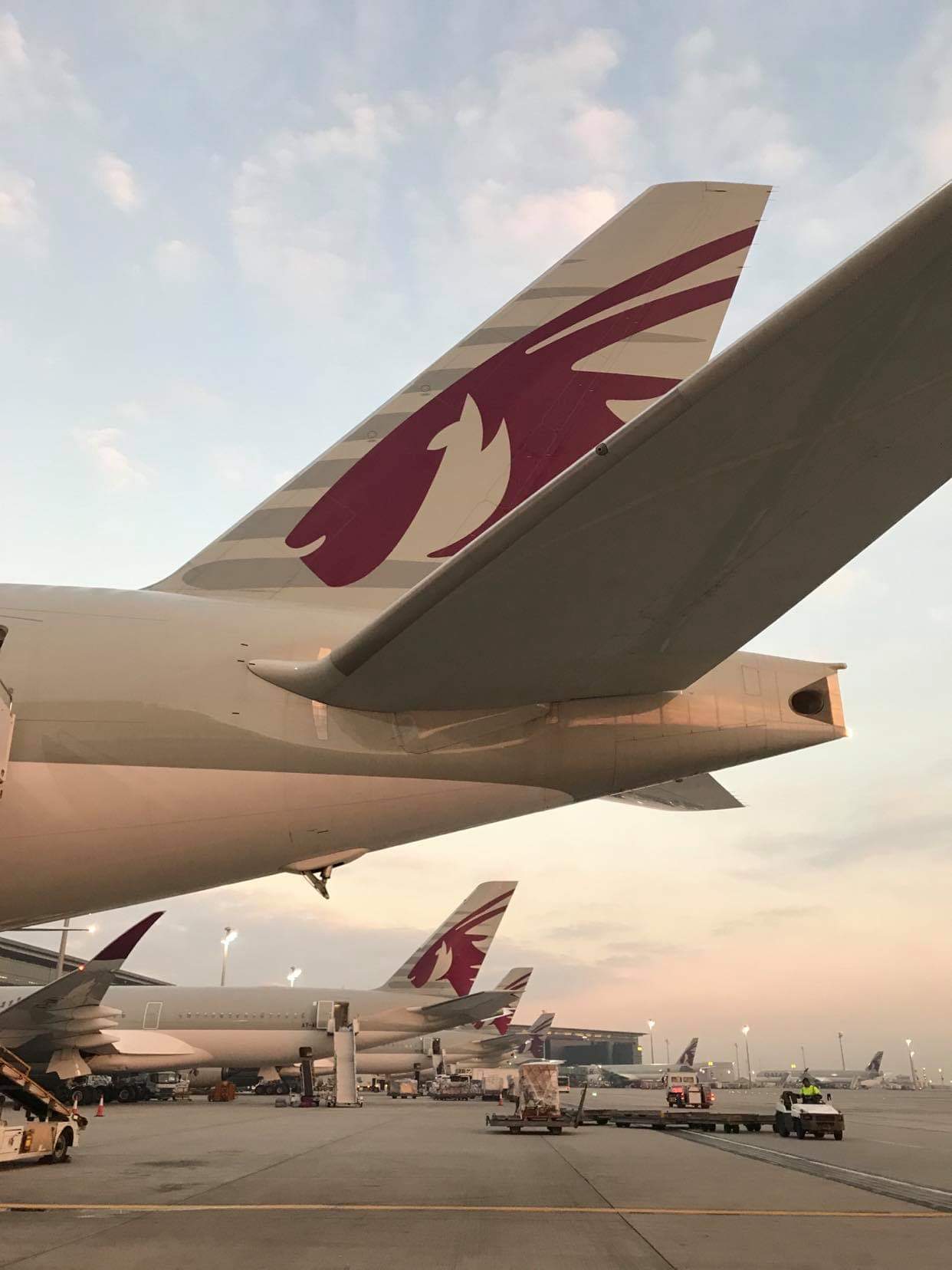
Uploaded on 2020-07-02 by Andromachi Mavrogianni
1.Stocks 1.1.Pollution Qatar energy sector is the principal contributor to GHG emissions with approximately 96% of the total air pollution. Many long highways in the middle of the city, the airport and energy factories are located near the city making things more difficult. 2.Flows 2.1Density Since the 2010s Qatar expanding its urban planning with the Educational City, Aspire Zone and the new airport. While conserving its tradition with the preservation of the Souq and Msheireb areas. 2.2.People Qatari nationals is roughly 10% of the population while 90% are immigrants when in 2015 there were more than 1,600,000 according to Word Bank. 2.2.Transportation Hamad International Airport had a record of 38,786,422 transit passengers and handled 232,917 aircraft movements in 2019. Qatar major imports in 2019 was Aircrafts with 3,56% of the market value and cars with approximately 3,4%. While the metro constructions finished just in the end of 2019 3.The stock of pollution and the flows of people, transportation and city's density could cooperate for a more sustainable Doha. By moving energy factories away from the city, moving electricity generators from natural gas to solar power. Replacing old aircrafts and cars with new eco-friendly ones and expanding the metro and busses.